Garden expert names top strawberry varieties for hot climates
Live somewhere that gets seriously hot over the summer? These are the strawberry cultivars that do well in hot weather and drought-prone conditions
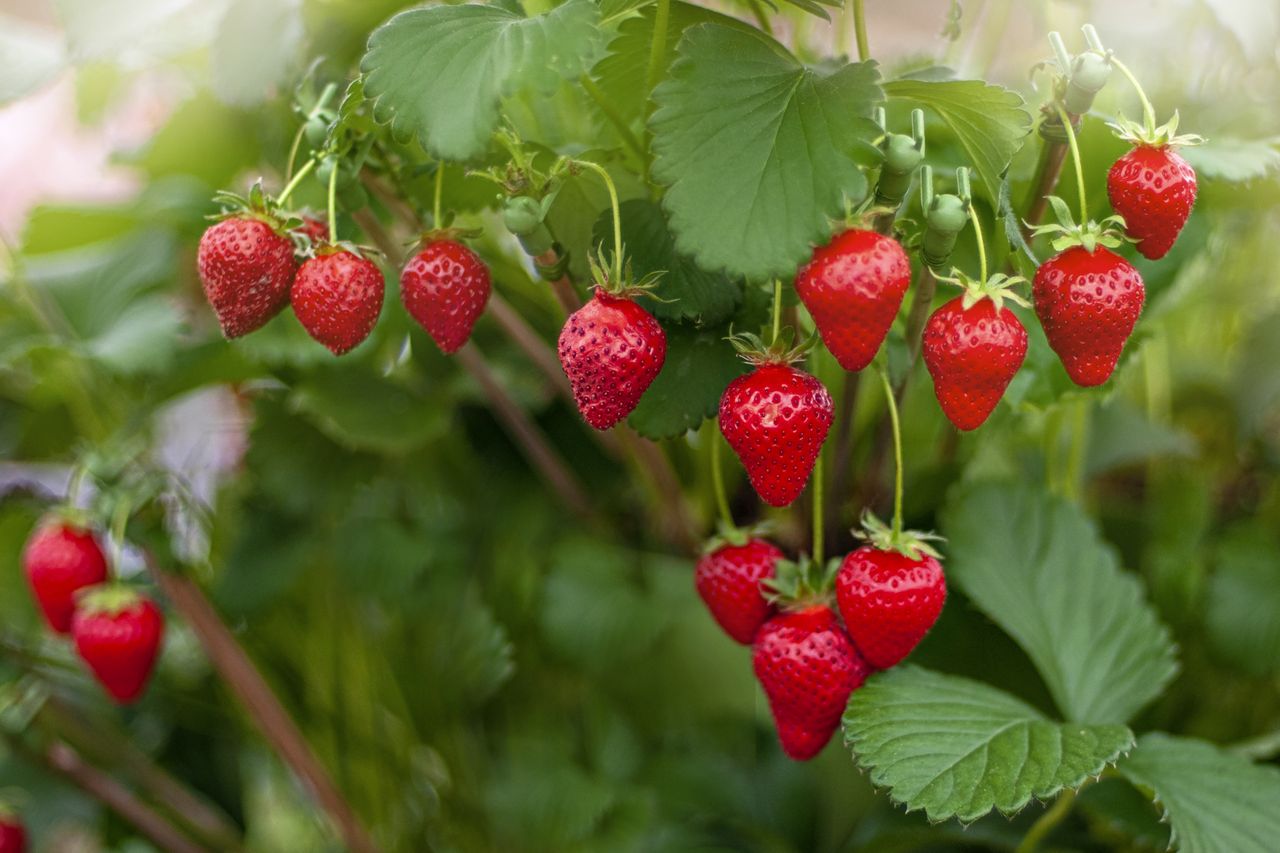
These strawberry varieties are suitable for areas where summers are hot and drought-prone – typically not the best weather for strawberries. Anyone who has tried to learn how to grow strawberries will know that strawberries like plenty of water as they're growing, and while they like sun, their roots don't grow so well in temperatures above 100°F. Not such good news if you live in Southern California or Texas, for example.
We've spoke to Bryan Mckenzie a landscape designer, gardener, and co-founder of the bumpercroptimes.com blog. 'Unfortunately, there’s no such strawberry variety that can grow in any climate and just a few cultivars can actually grow well in temperatures above 100°F,' he explains. So, if you live somewhere where summer temperatures reach this threshold, these are the varieties Bryan recommends.
1. Camarosa
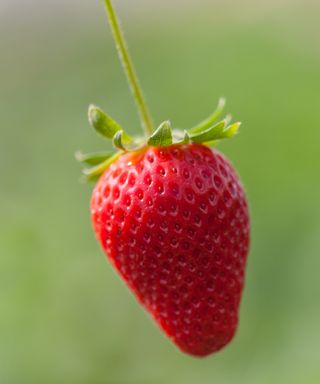
Probably the most popular strawberry cultivar in Southern California, Camarosa produces the perfect strawberries – huge, juicy, and sweet. Bryan says: 'This perennial cultivar is recommended for USDA zones 4-9 and it’s one of the firmest varieties available along with Quinault and Sequoia. It can fruit up to early June and handle mild drought. Depending on your location, you can expect the berries to ripen from February to early June. They taste best when picked dark red and can be easily transported to grocery stores without damage. It’s a great option for beginner gardeners.'
2. Chandler
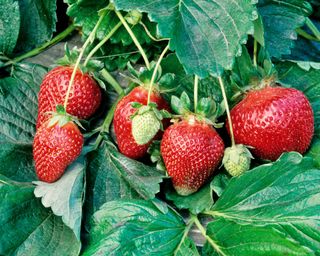
This is an annual cultivar recommended for USDA zones 5-8, and, according to Bryan, 'many experienced gardeners appreciate it for the exceptionally rich taste. It’s not easy to achieve, though! To successfully grow Chandler strawberries, you have to provide them with excellent drainage to prevent tender roots from rotting and maintain soil pH at 6. And don’t forget that this cultivar is more exposed to disease than others. To achieve the fabulous secret taste, you should expose the plants to a mild winter chill. In southern California or Florida, you can harvest Chandler throughout March. A single well-cared plant can give you up to a basket of delicious berries!'
Alex Williams, lead horticulture researcher at Greenery Guide, reports success with Chandler strawberries in Tennessee: 'I use the Chandler variety in my container garden because they're easy to care for and have a nice, sweet flavor. You do need to keep the soil moist, so keep that in mind if you're going on vacation - or you might come home to dead strawberry plants.'
3. Sequoia
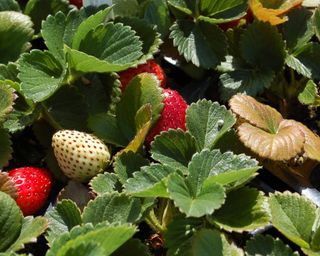
Sequoia Strawberry, Clearwater Color Nursery
This one’s another June-bearing perennial cultivar recommended for USDA zones 4-8, though it can be cultivated elsewhere if treated as an annual plant. 'It’s a great choice for beginners and the plant is soil and low-chill tolerant, blooms long and can ripen in high temperatures,' Bryan explains. 'The berries are large, juicy, and sweet.'
4. Loran
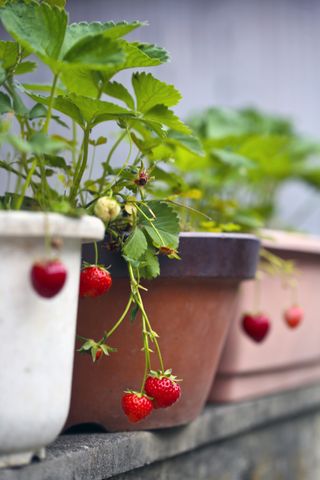
Easy-going and great if you like growing fruit in pots, the Loran strawberry will cope with hot conditions. 'Loran is an ever-bearing and beginner-friendly annual cultivar that thrives well in USDA zones 5-9 and doesn’t require any special soil type. The best habitat has neutral pH and good drainage. Both flowers and fruits can sustain extreme temperatures and can ripen anytime, depending on your location.'
You could even try growing them indoors in a sunny spot, or arrange them as part of your container gardening ideas – just remember to water regularly.
Anna writes about interior design and gardening. Her work has appeared in Homes & Gardens, Livingetc, and many other publications. She is an experienced outdoor and indoor gardener and has a passion for growing roses and Japanese maples in her outside space.
-
 An Update on Gardeningetc
An Update on GardeningetcA word from our publisher
By Beth Murton Published
-
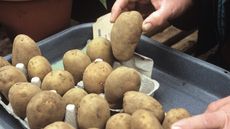 Do you need to chit potatoes? Find out what the experts say
Do you need to chit potatoes? Find out what the experts sayGrow Your Own Learn how to chit potatoes before planting them in the ground and you’ll be on your way to getting an earlier and bigger harvest
By Drew Swainston Published
